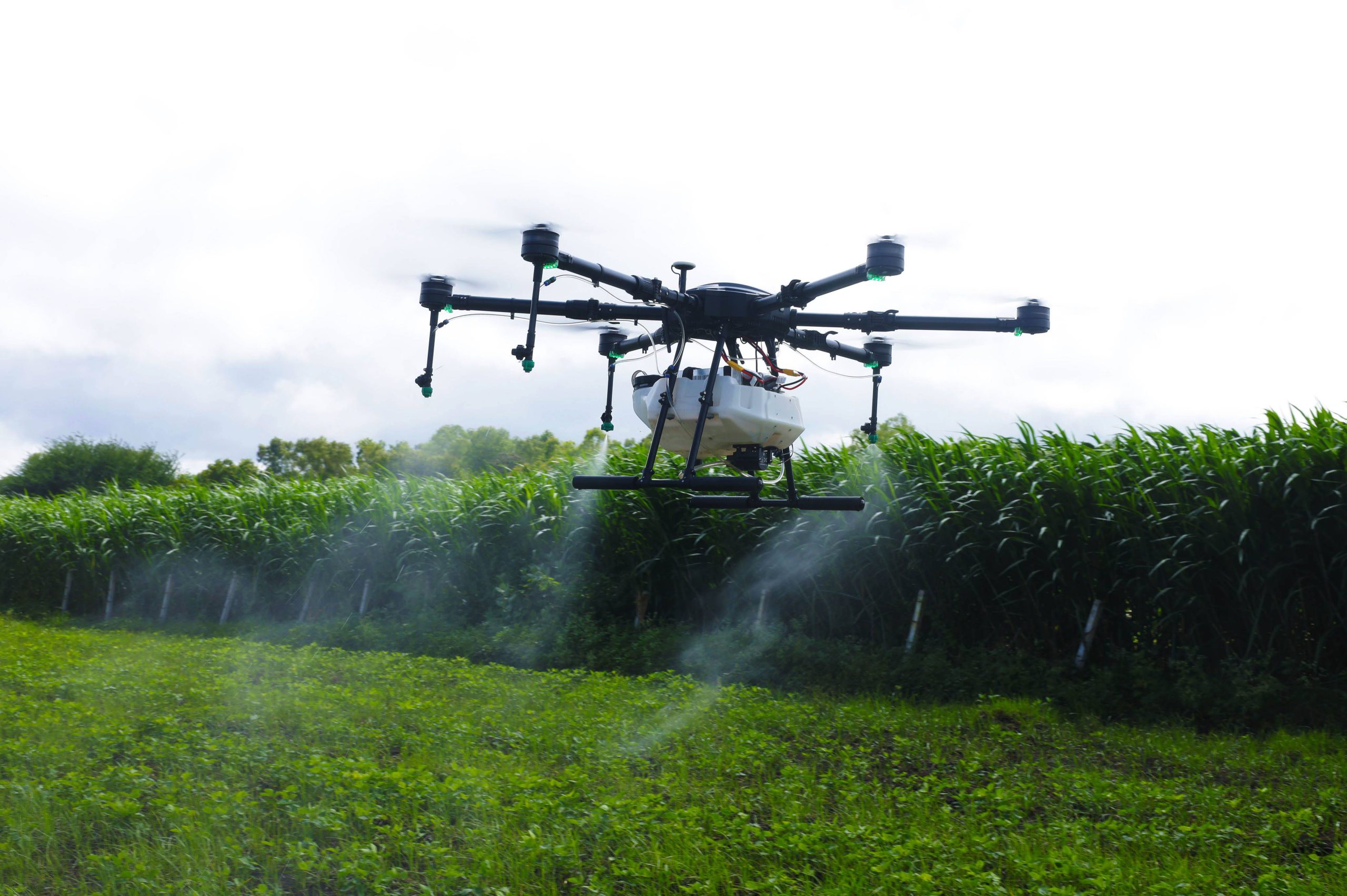Medical Marijuana: What You Should Know and What Others Miss
Medical marijuana has gained significant attention in recent years not just as a controversial topic, but as a legitimate treatment option for various health conditions. Yet, many people misunderstand what medical cannabis is, how it’s used, and who can benefit from it.
In this article, we’ll break down the truth about medical marijuana, what the current usage trends are, and how it continues to impact modern medicine.

🌿 What Is Medical Marijuana?
Medical marijuana, also known as medical cannabis, refers to the use of the marijuana plant or its extracts to treat specific health conditions. Unlike recreational cannabis, it is used under the guidance of a certified healthcare professional.
It’s known for its anti-inflammatory, pain-relieving, and appetite-stimulating properties. This makes it especially helpful for patients suffering from conditions such as:
- Chronic pain
- Arthritis
- Muscle spasms
- Cancer-related nausea and vomiting
- HIV/AIDS-related appetite loss
💊 How Medical Marijuana Works
Cannabis contains chemical compounds called cannabinoids, the most well-known being THC and CBD. These compounds interact with your body’s endocannabinoid system, which plays a role in regulating mood, appetite, sleep, and pain response.
Different forms of medical marijuana include:
- Edibles
- Oils and tinctures
- Topical creams
- Capsules
- Patches
- Vaporizers and inhalers
Most medical users opt for non-smoking alternatives for health and legal reasons.
🚫 What You Should Be Aware Of
While medical marijuana is increasingly accepted, there are still legal and safety considerations to keep in mind:
- Not all states or countries allow its use. Always check local laws.
- Insurance usually doesn’t cover medical cannabis, so patients pay out of pocket.
- Driving or using marijuana in public places is typically prohibited.
- Patients must carry a valid medical marijuana ID card to legally obtain and use cannabis.
For conditions like schizophrenia, marijuana use may actually worsen symptoms. Always consult with a medical professional before starting any treatment.
🧠 Training and Knowledge Are Crucial
With cannabis entering industries like agriculture, medicine, and technology, there’s rising demand for skilled professionals. For example, in farming, agricultural drones use AI and sensors to spray cannabis fields, detect pests, and monitor crop health.
At institutions like eDigitalBox Aerospace, training programs are available to help individuals understand drone operations and cannabis cultivation—a unique intersection of agriculture and innovation.
🏥 Why It Matters
The rise of medical marijuana highlights the need for safe, regulated, and informed usage. It’s not just about legalization—it’s about responsibility, science, and patient care.
Whether you’re a patient considering treatment, a caregiver looking for alternatives, or simply someone curious about the future of medicine, understanding the facts behind medical cannabis is essential.
Have questions or need more guidance?
💬 Contact us today to learn how medical technology and training are shaping a smarter, healthier future.

